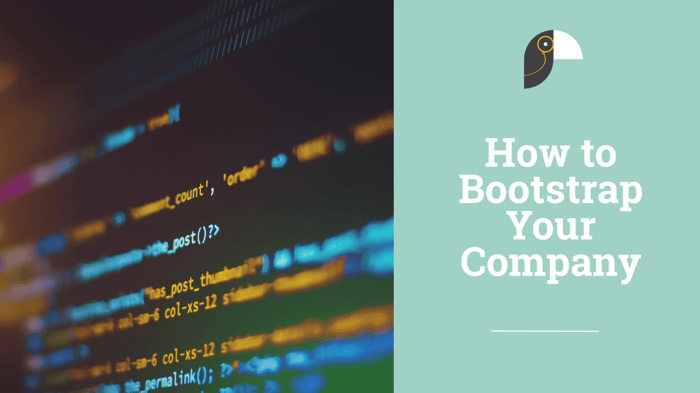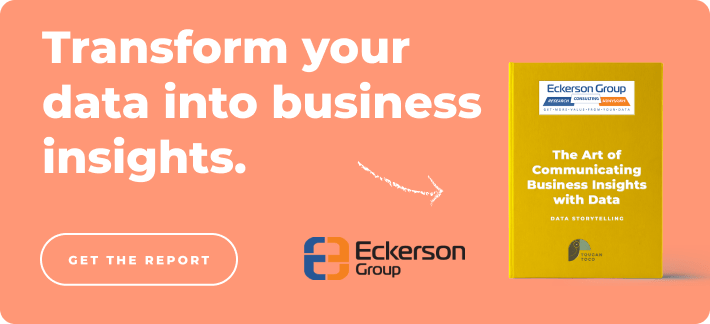Start lean, stay hungry, and don’t carry any dead weight

When you’re launching a business, your first instinct is evangelism. You’re convinced you’ve had an amazing idea, and that you’re building the next big thing, so of course, you want to tell everyone you know. That, in turn, usually leads to a push to start attracting investors, from friends and family to deep-pocketed angels, and to begin your business by building a fat bankroll.
When we built Toucan, though, we took a different approach. Sure, we told everyone we knew about our plans — after all, we’re proud of what we’re doing! But we also made a conscious decision not to seek out early investors. Instead, we set out to bootstrap our company by building sustainable revenue streams early on, then using those revenues to fund our growth. The result: a sustainable business that’s now expanding globally, but that’s still firmly under our control and anchored in the value we’re delivering every day for our customers.
Here are 4 key things you need to know if you’re considering a bootstrapping strategy for your own startup:
- Put customers first.
We started out by consulting for other businesses, offering our design and data insights for hire in order to generate revenues. We knew that wasn’t our end goal, but the contracts we signed allowed us to keep the lights on, while also cultivating customer relationships and developing a deep understanding of the market we wanted to operate in. - Focus on your product.
Consulting is a useful first step, but you aren’t trying to build a consulting business. The key to a successful bootstrapping strategy is to move quickly to develop a minimum viable product — and not to do anything that distracts you from that goal. It’s always tempting to start hiring sales teams or marketers or to fret about your logo or your office space, but when you’re starting lean, the only thing that matters is building a product. Stay focused, or you’ll find you’re running a consultancy instead of a startup. - Nurture your customers.
When you’re funded by customer revenues, you can’t afford to burn bridges. Once you’ve got a viable product, move quickly to put customer service capabilities in place so that you can retain customers and generate viable revenue streams. With luck, you’ll be able to convert many of those relationships you developed during your early consulting days into paying customers for your new business. - Keep on bootstrapping.
As you pivot into product-driven startup mode, it’s tempting to grow fast by bringing in investors. Resist the temptation! By using revenues to fund your continuing growth, you’ll ensure you don’t get too big too fast. Because your products and services will always be aligned with the real needs of your customers, you’ll make fewer mistakes and won’t find yourself betting the farm on a hunch that doesn’t pan out.
Of course, bootstrapping is a slow, incremental process: you won’t go up like a rocket if you’re fueled by your own revenues. But you won’t come crashing back down to earth either — and over time, you’ll find you’re achieving more and growing bigger than all those rival startups who took investors’ cash early on. At Toucan, we’ve learned that a commitment to bootstrapping helps us to stay lean, stay hungry, and stay focused on delivering real value for our customers. Whatever business you’re in, that’s a recipe for success.



